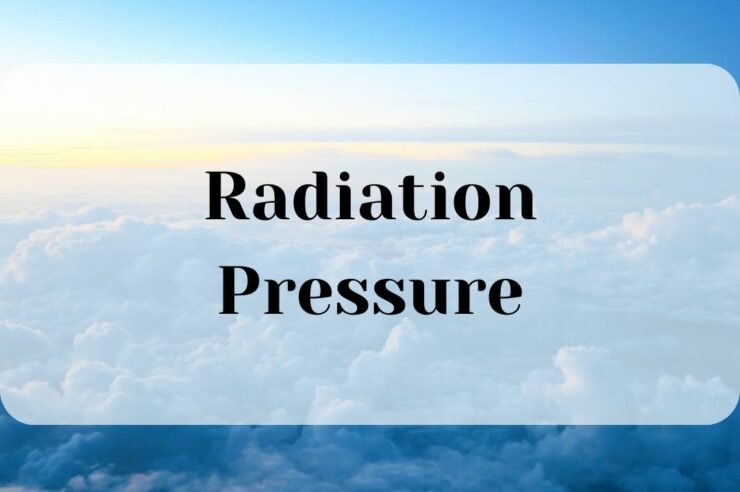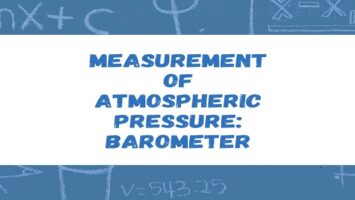Radiation Pressure:
An electromagnetic wave exerts pressure upon the wall. If the wave is completely absorbed by the wall, then it can be shown that the wave loses a momentum Savg/c per unit area per unit time, hence the force it exerts upon the wall is Savg/c per unit area. Since the force per unit area is known as the pressure p, we have
| p = Savg/c = I/c (Total absorption) |
Where I is irradiance or intensity of em wave.
However, if the electromagnetic wave is totally reflected then the change in momentum per unit area per unit time is doubled to 2Savg/c. Thus
| p = 2Savg/c = 2I/c (Perfect reflection) |
The two expressions for radiation pressure are valid for two extreme cases of total absorption and perfect reflection. A real object partially absorbs and partially reflects the radiation falling on its surface. Depending on the fraction of energy absorbed, the radiation pressure lies between S/c to 2S/c.
In addition to transporting energy, electromagnetic waves exert force on the objects they encounter. This force due to radiation pressure is not large but under certain situations, it becomes critically important. For example, a star (or sun) does not collapse under its own gravity because the force due to radiation from the interior of the star largely balances it. It is also partially responsible for the deflection of comet tails so that they always point away from the sun. With powerful lasers, it is possible to keep a small particle suspended in mid-air due to radiation pressure.









Comments (No)